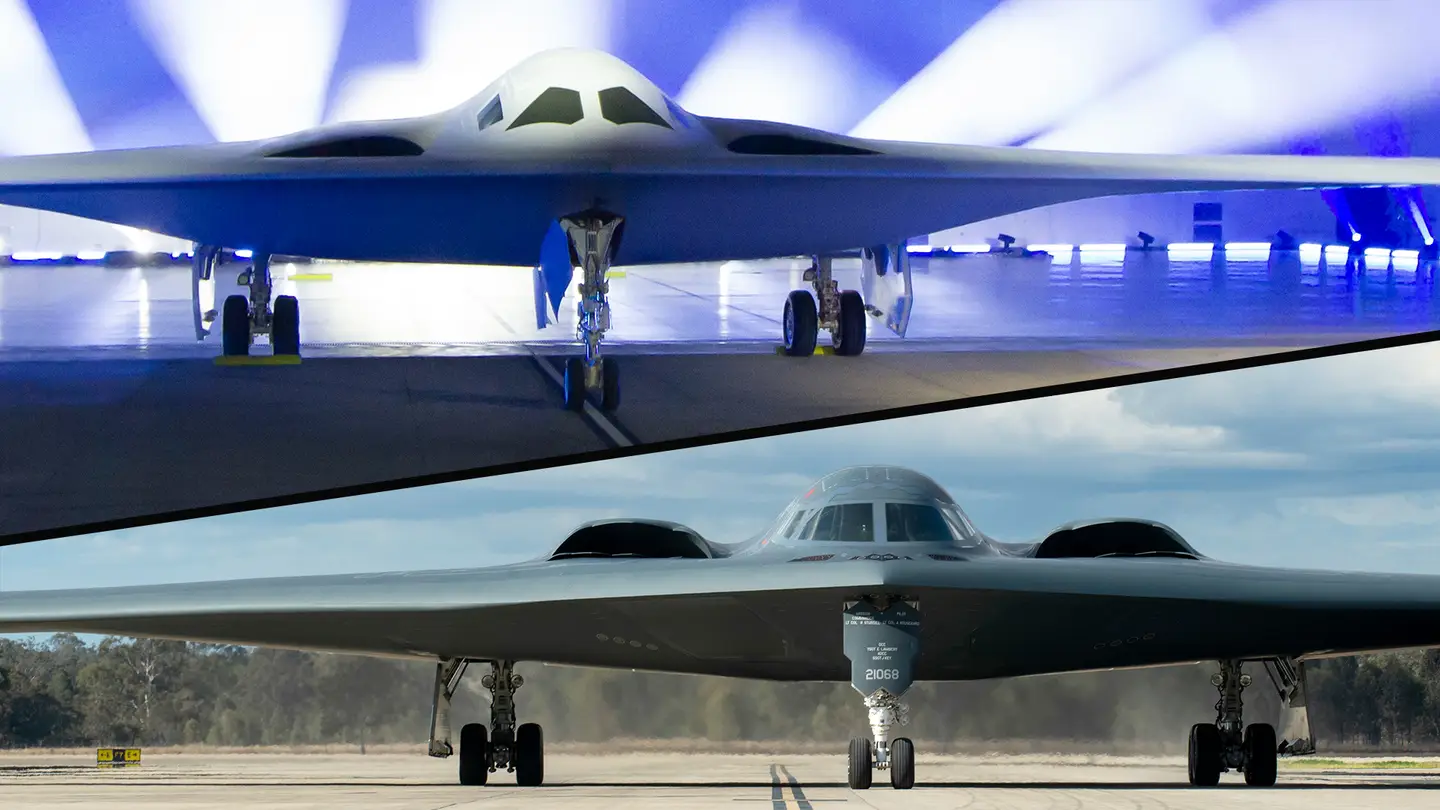A recent study by a Chinese research team provides insight into a potential game-changer in the ongoing fight between China and the United States for air superiority in the rapidly changing field of military technology. This study focused on a virtual combat between the US B-21 Raider and China’s new stealth aircraft. The US Air Force developed the Penetrating Counter Air (PCA) plan to prepare for any confrontations with China.
Led by Associate Professor Chen Jun from Northwestern Polytechnical University in Xian, the research team employed advanced hardware and innovative tactics to simulate air battles. The results were intriguing, suggesting that China’s stealth aircraft may hold a significant advantage over the B-21 Raider. In one scenario, China’s air-to-air missiles, boasting a top speed of Mach 6, successfully shot down a B-21-like stealth platform and its accompanying drone.
Despite the simulated success, the researchers acknowledged that a counterstrike by the U.S. could lead to a prolonged and complex battle for air dominance. The B-21 Raider, with its small radar signature akin to a mosquito, poses a considerable threat to China’s air defense heavily reliant on radar warning systems.
The Chinese research team showcased some of China’s new capabilities in the simulation, revealing a stealth aircraft equipped with advanced technologies such as “conformal skin” for surveying the environment without radar and maintaining radio silence. China’s hypersonic missiles, with a unique “pulse engine” and following the unconventional “Qian Xuesen trajectory,” emerged as challenging to predict and highly effective against stealth aircraft.
The study highlighted the potential for a new era in air combat, emphasizing the role of powerful AI algorithms in reshaping traditional practices in Air Force training and operations. While the quantity of China’s J-20 stealth fighters is expected to surpass America’s F-22 Raptors but fall short of the F-35 combat aircraft, the study suggests a shift in decision-making during air battles, incorporating a higher degree of freedom that allows rapid decision transitions between human pilots, drones, and missiles using AI technology.
As both nations continue to push the boundaries of military technology, the study underscores the need for constant innovation and adaptation in the quest for air superiority.

